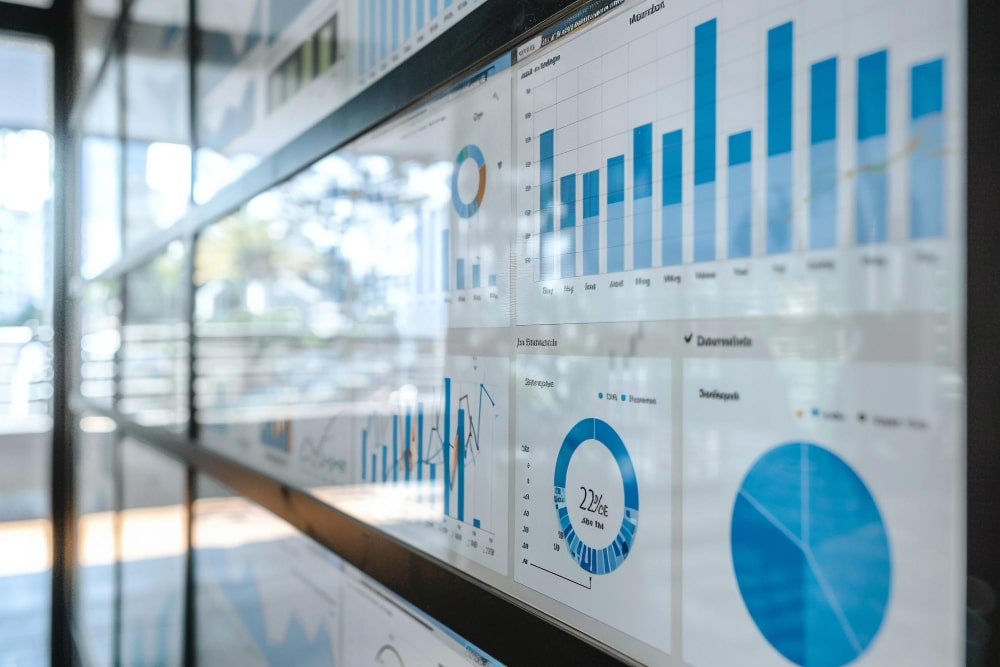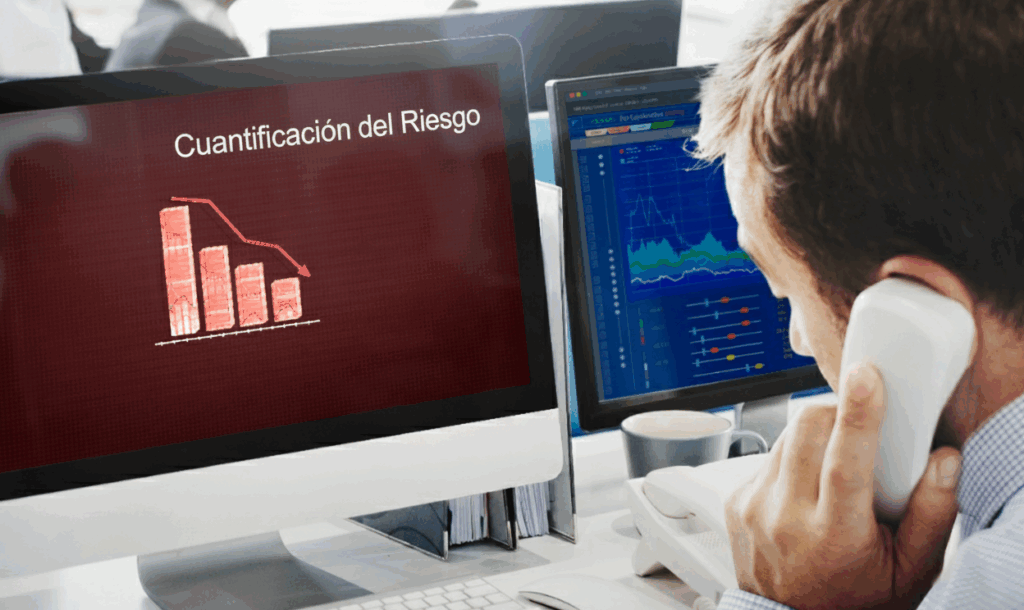In the digital age, the social networks have transformed the way people interact, consume content and influence the decisions of others. For companies, brands and personalitiesThe power to influence on social networks has become an essential asset. However, measuring influence in social networks is not a simple task. It requires a deep analysis that goes beyond "likes" or the number of times a post is shared.
Social media influence has many facets: from the number of followers to the actual impact on an audience's actions. Key metrics must be carefully analyzed to understand the reach and effectiveness of a social media strategy. Throughout this article, we will explore how social media influence is measured, what tools and methods can be used, and why it is crucial for those looking to maximize their digital presence.
What does social media influence really mean?
Before delving deeper into the tools and methods for measuring influence in social media, it is essential to understand what it really entails. Influence refers to the ability of a person, brand or entity to affect the decisions, behaviors and emotions of its audience on a social platform. It's not just about how many people follow someone, but how many of those people are willing to interact, share, or even change their decisions based on what that person says or does on social media.
Influence is not only measured by the number of followers or the reach of publications. It also includes the degree of engagement generated, the frequency with which people interact with the content and, most importantly, whether those interactions lead to tangible actions, such as the purchase of a product or the recommendation of a service.

Leading your reputation with AI
Discover how to revolutionize your corporate reputation management with ENIGMIA. Our advanced Artificial Intelligence platform offers you total control in real time, analyzing 100% of the news on TV, Radio, Press and more than one million global media. Evaluate your image, compare with the competition and measure the impact of each communication action. Take advantage of evidence-based AI and take your brand to the next level.
Key factors for measuring influence in social networks
For measuring influence In social media, it is important to keep in mind several key factors that play a crucial role in the impact someone has on their audience:
- ScopeReach refers to the total number of people who see the published content. It is an important metric because it indicates how many people are exposed to the publications, but not necessarily how much impact that content has on them. Reach can be organic (unpaid) or paid (through ads).
- EngagementEngagement measures the number of interactions a publication receives, such as comments, likes, shares and reactions. It is an essential metric to determine the level of emotional involvement the audience has with the content. High engagement indicates that the audience is not only viewing the content, but also responding to it.
- AuthorityAuthority: This factor measures the user's perceived credibility and expertise in a specific area. Authority is reflected in the user's ability to generate content that is not only widely shared, but also considered valuable and credible by its audience.
- ResonanceThis concept refers to the ability of content to remain current and relevant over time. If a post continues to be shared or commented on weeks after publication, it is resonating with the audience beyond its usual shelf life.
- ConversionFinally, one of the most crucial metrics for businesses is conversion. Measuring influence is not just about interaction, but whether these interactions translate into specific actions, such as visits to a website, subscriptions to a newsletter, or, ideally, the purchase of products or services.
Tools to measure influence in social networks

Over the years, a number of tools have emerged that are specifically designed to measure social media influence. These platforms offer detailed analytics that allow you to better understand how an account, brand or person is being perceived and how influential they are in their interactions.
Klout: the pioneer (although no longer active)
One of the first tools designed to measure influence in social networks was Klout. Although it is no longer active, it is important to mention it as it laid the foundation for many of the platforms that use similar metrics today. Klout assigned an "influence score" based on social interaction, reach and other factors such as number of followers and engagement. Although Klout is no longer available, its legacy has been adopted by other tools that provide a more complex view of network influence.
Sprout Social
Sprout Social is one of the most comprehensive tools available for managing and measuring social media influence. Its platform not only allows the scheduling and publishing of content, but also offers detailed analytics on reach, engagement and influence. In addition, it allows you to monitor relevant keywords and hashtags to get a complete picture of how a brand or personality is being perceived in the social sphere.
Hootsuite
Hootsuite is another popular platform that provides advanced social media analytics tools. Like Sprout Social, Hootsuite allows you to schedule and manage posts across multiple platforms and provides detailed reporting on content performance. Its value lies in its ability to measure not only network interaction, but also how audiences respond to campaigns in real time.
BuzzSumo
BuzzSumo is an excellent tool for measuring the influence of content, particularly in terms of engagement. It provides analysis on the number of times a piece of content has been shared on various platforms and allows you to identify which topics or types of posts resonate most with your audience. It also allows you to analyze the performance of competitors to better understand which strategies may be working in your industry.
Followerwonk
Followerwonk is a specific tool for analyzing influence on Twitter. It allows you to obtain detailed data on followers, analyze who are the most influential and how they interact with the content. Its "Social Authority" feature gives a score based on the engagement and resonance of posts, allowing you to see which users have the most impact on the network.
In ENIGMIA, we use AI to monitor and improve the perception of your brand, company or personality. Make data-driven decisions and keep your brand always one step ahead.
Key metrics for analyzing influence in social networks

Once the right tools are used, it is crucial to analyze the metrics that really matter for measuring social media influence. Here are some of the most important ones:
- Engagement rateParticipation rate: The participation rate measures the percentage of followers or users who interact with the content. It is calculated by dividing the total interactions (likes, comments, shares) by the number of followers or reach of the post. This metric is key to understanding how much of your audience is active and engaged.
- Growth of followersAlthough the number of followers is not an absolute indicator of influence, steady follower growth indicates that your content is resonating and attracting new people. It's important to not only look at numerical growth, but also the quality of those followers.
- Content impactContent impact is measured by how many interactions a post generates and how these interactions convert into tangible actions. For example, if a post on Instagram leads to website visits or product sales, the impact of that content is significant.
- Mentions and hashtagsAnalyzing how many times a brand or person is mentioned on social media is a valuable metric. It is also useful to analyze the performance of related hashtags to identify if your content is making an impact beyond your immediate network of followers.
- Influence Score (Influence Score)Tools like Sprout Social and BuzzSumo provide an "influence score" based on multiple factors, such as interaction, reach and content resonance. This score provides a simple way to evaluate your impact compared to others in the same industry or platform.
▶ You may be interested in: How to measure your company's online reputation in 2024
Steps to improve social media influence
Measuring influence is only the first step. Once you understand where you stand, it is critical to implement strategies to improve your presence and maximize your social media impact.
- Create valuable and relevant contentContent is still king. Posting relevant, interesting and useful information to your audience is the fastest way to generate engagement. Posts that resonate with the audience's needs and desires are more likely to be shared and commented on.
- Interact with your audienceSocial media is not a one-way communication channel. Responding to comments, engaging in conversations and acknowledging your audience strengthens the relationship and increases your credibility and influence.
- Collaborate with other influencersOne of the most effective ways to increase your influence is to partner with others who already have a solid base of followers. Collaborations allow you to reach new audiences and expand your reach.
- Optimize the use of hashtagsHashtags are a powerful tool to reach audiences beyond your followers. Use relevant hashtags so that your posts are discovered by people interested in the same topics.
- Constantly monitor your metricsContinuous measurement is key. Use tools like Sprout Social or Hootsuite to monitor how your social media influence evolves and adjust your strategy according to the results.
Conclusion
Measuring social media influence is essential for any brand or personality looking to maximize their digital presence. The combination of advanced analytics tools and understanding key metrics is crucial to get a clear picture of how a strategy is working. It's not just about increasing followers, it's about generating content that resonates, generates engagement and, most importantly, has a real impact on audience decisions. As social media continues to evolve, those who are able to measure and improve their influence will be better positioned to thrive in the digital landscape.




